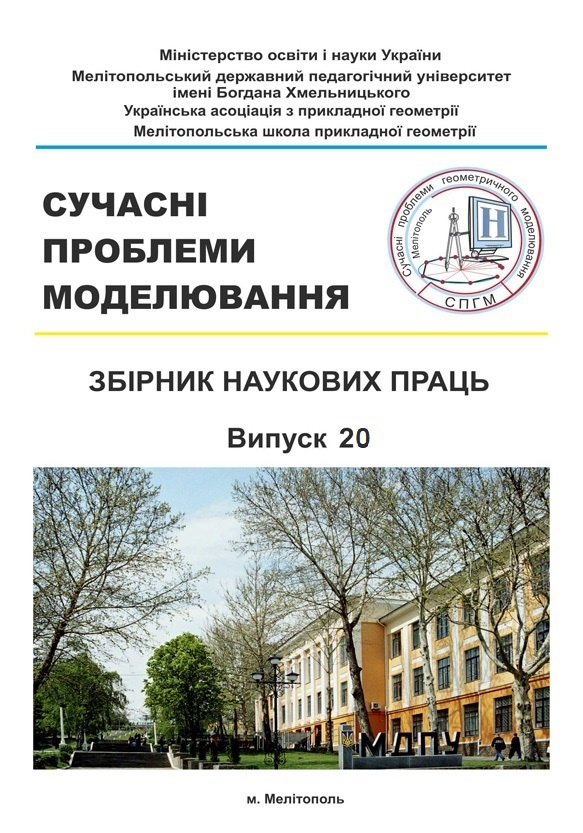COMFORT CATEGORIES OF MOVEMENT OF PEOPLE IN A FLOW AND METHODS OF THEIR MODELING
Abstract
Fires, explosions and other emergencies pose a particular risk to buildings due to the features of their individual design, construction, erection and subsequent evacuation. In the event of emergence and development of an emergency situation in buildings with the purpose of their localization and elimination, the task is to optimize the performance of rescue operations, the predominant and most important part of which is to ensure the safety of people.
Possible forms of population protection include the organization of guided evacuation of people from emergencies, in particular from buildings for the required time, calculated on the basis of their design-planning decisions.
At movement of people in a stream allocate the following categories: comfortable, quiet, active, with high activity. In this paper, we propose methods of modeling the movement of the flow of people to link with the levels of comfort of the movement of people in the flow and the density of the flow.
With free movement, free without contact obstacles, free with contact obstacles (comfort levels A-E), the simulation is carried out taking into account the different minimum allowable distances between people (represented by ellipses, complex objects).
At the level of comfort F, modeling of a continuous movement with forceful actions without deformations of bodies is carried out by modeling the movement of a stream of people without taking into account the minimum permissible distances between them; modeling of continuous motion with forceful actions leading to natural deformation of bodies is performed by representing people with a three-component model, each component of which can rotate within acceptable limits, which are determined based on the anthropological data of a person; and in case of forceful actions leading to the squeezing of the human body, modeling is carried out by reducing the horizontal projection of a person in the range from 0 to 15%, and with the onset of asphyxia - to modeling movement with areas of inhibition.
Thus, the change in the category of movement of the flow of people can be carried out in the way of their individual flow of movement, both by changing the spatial shape of objects that approximate the geometric projection of the human body, and by the constraints of the task.
Key words: emergency, safety, evacuation, non-uniform flows of people, modeling methods, categories of traffic comfort, flow density.




